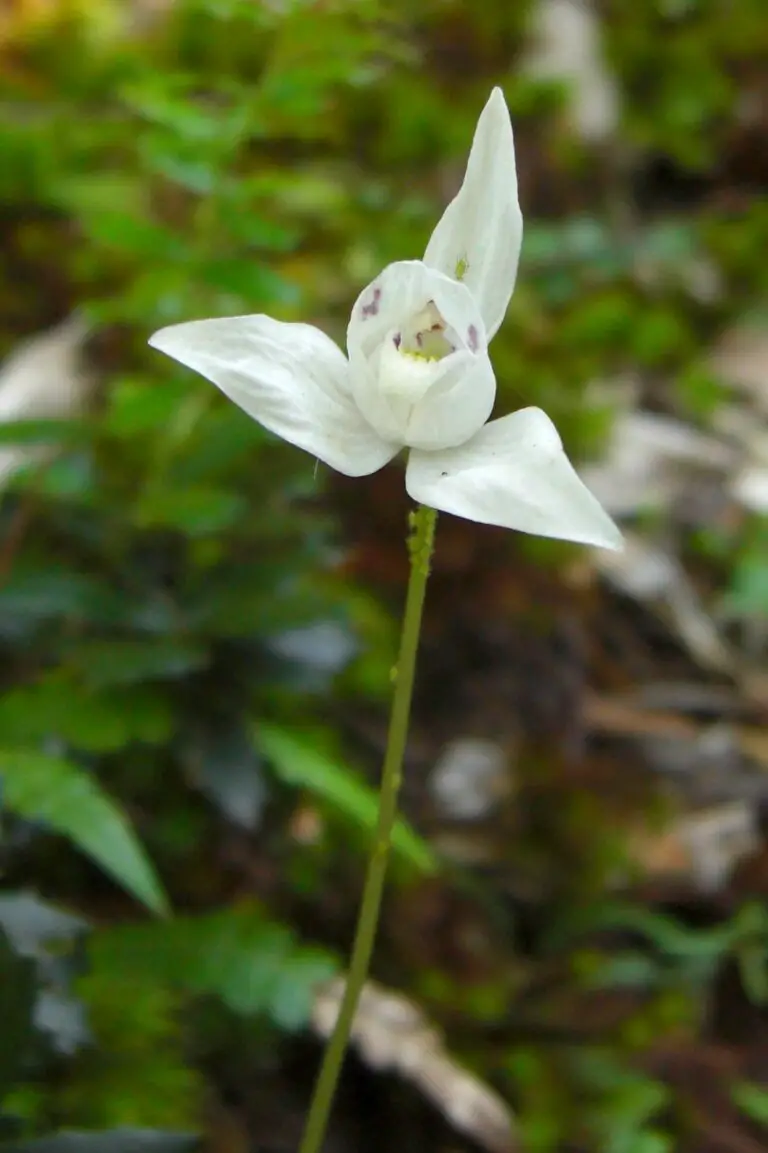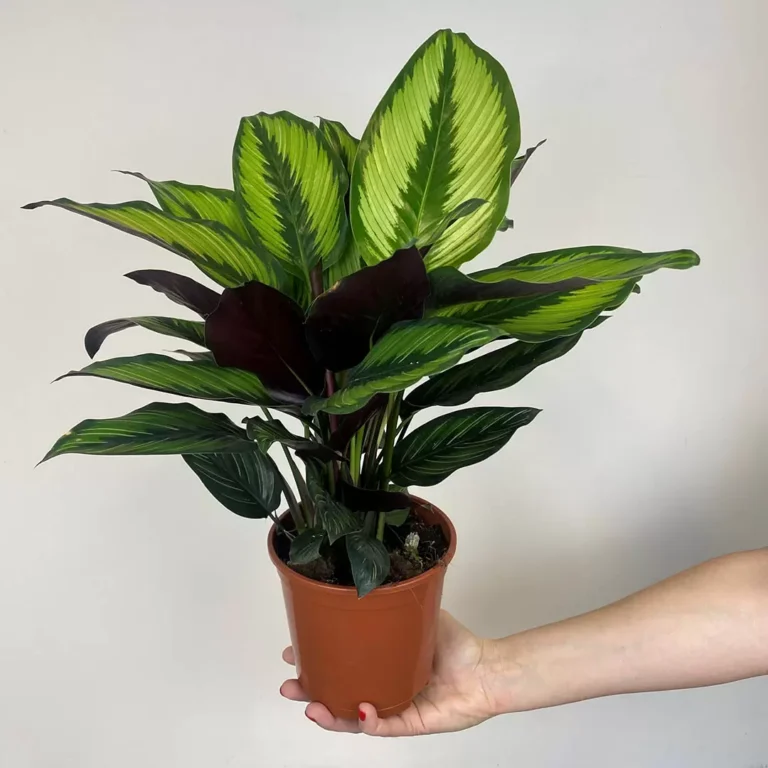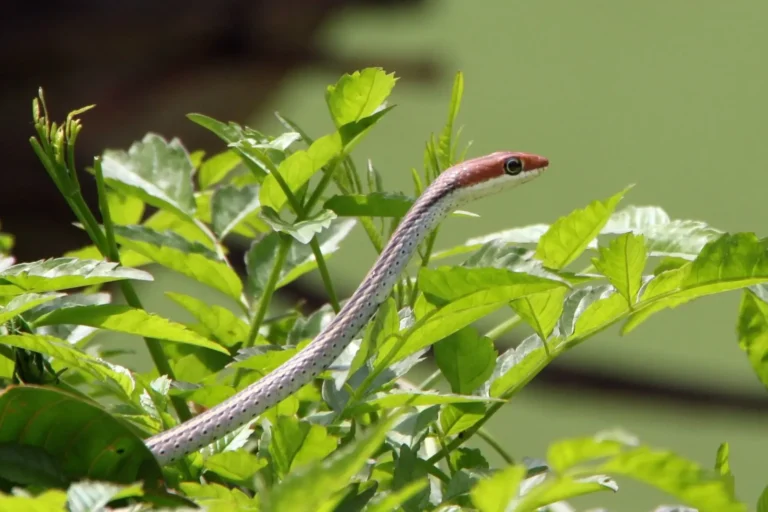Getting Started:
Optiflora African Violets are truly captivating plants that can enhance the beauty of any space. Whether you’re a seasoned gardener or just starting out, nurturing these exquisite flowers can be a rewarding experience. In this article, we’ll explore the essential steps for successfully cultivating and taking care of Optiflora African Violets.
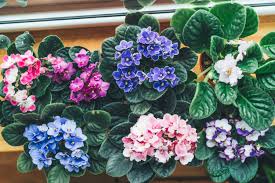
Choosing the Right Spot:
Finding the perfect spot for your Optiflora African Violets is crucial. These plants thrive in areas with gentle, indirect light, such as on windowsills or in places that receive filtered sunlight. It’s important to avoid exposing them to direct sunlight, as it can harm their delicate leaves.
Creating the Ideal Soil Mix:
Optiflora African Violets prefer well-draining soil with a slightly acidic pH. To achieve this, mix together peat moss, perlite, and vermiculite. This blend encourages healthy root growth while preventing the soil from becoming too soggy.
Watering Wisely:
Proper watering is essential for the well-being of your African Violets. Water them when the top layer of soil feels dry to the touch. Use room temperature water to prevent shocking the roots. Be careful not to let water touch the leaves, as this can lead to spots and blemishes.
Encouraging Growth:
For vibrant growth and abundant flowering, use a balanced, water-soluble fertilizer for your Optiflora African Violets. Apply the fertilizer every 4 to 6 weeks during their growth cycle. Dilute the fertilizer to half its recommended strength to avoid overfeeding.
Managing Humidity and Temperature:
Maintaining the right humidity level is particularly important in dry environments. You can increase humidity by placing a tray of water nearby or using a humidifier. Optimal growth occurs within a temperature range of 65-75°F (18-24°C).
Trimming and Removing Faded Flowers:
Regular pruning keeps your African Violets looking neat and encourages new growth. Remove faded blooms and any leaves that are discolored or damaged. This redirects the plant’s energy toward producing new flowers.
5 Easy-To-Care-For Indoor Flowering Plant
Dealing with Pests and Diseases:
Stay vigilant against common pests like aphids and spider mites. If you spot them, gently wipe the leaves with a damp cloth and consider using insecticidal soap if necessary. Preventing overcrowded growth and ensuring good air circulation can help avoid diseases.
Repotting and Division Tips:
As your Optiflora African Violets grow, they might outgrow their pots. Repot them every 12-18 months or if you notice their roots getting cramped. This is also a good opportunity to divide the plant if needed, promoting healthier growth.
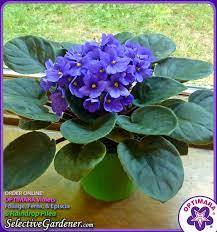
In Conclusion:
Caring for Optiflora African Violets is a rewarding journey that adds beauty to your indoor space. By providing the right conditions in terms of light, water, and nutrients, you’ll create an environment where these charming plants can thrive. Keep in mind that each plant is unique, so adjusting your care routine accordingly is important. With dedication and patience, you’ll enjoy the vibrant and luxurious blossoms of Optiflora African Violets in your home.
Remember, the distinct needs of each plant require careful attention and occasional adjustments to your care routine. Your efforts will be rewarded with the stunning beauty of Optiflora African Violets gracing your living space.
Some common questions about growing and caring for Optiflora African Violets:
- How long do Optiflora African Violets live? With proper care, Optiflora African Violets can live for many years.
- How often do Optiflora African Violets bloom? Optiflora African Violets will bloom year-round if they are given the right conditions.
- What are the best ways to propagate Optiflora African Violets? Optiflora African Violets can be propagated by leaf cuttings or division.
- What are some common problems with Optiflora African Violets? Common problems with Optiflora African Violets include root rot, leaf spot, and powdery mildew.

